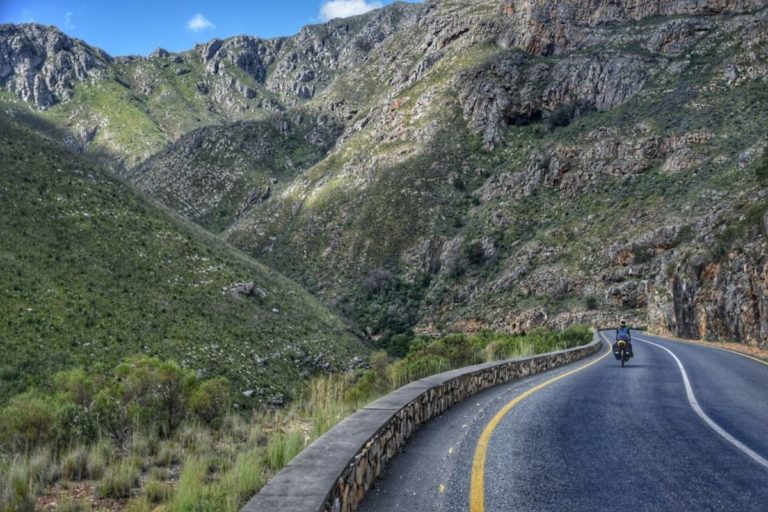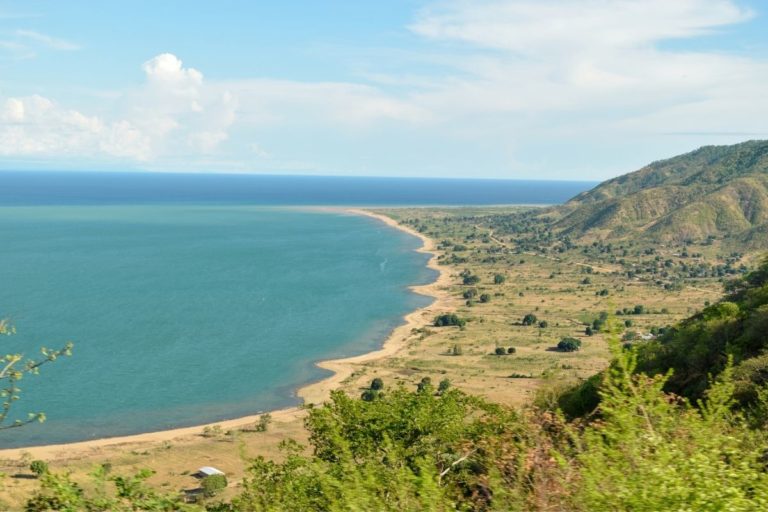
Latin America. Today so popular, and many centuries ago, a mystery that even Leonardo da Vinci himself was interested in. Here the best books about South America
Latin America. Today so popular, and many centuries ago, a mystery that even Leonardo da Vinci himself was interested in.
Reviewing history, we have Leonardo’s world map, where the crystalline orb shows some clues on how this genius portrayed the discovery of the new continent with the help of his friend Amerigo Vespucci.
Kings, scientists like Darwin, and other characters have shown a huge interest in this continent, and in this article, we have the best books about South America that you can find on Amazon.
Disclosure: Some of our items contain affiliate links (as an Amazon affiliate I earn from qualifying purchases).
The Voyage of the Beagle
by Charles Darwin
Prices pulled from the Amazon Product Advertising API on:
Product prices and availability are accurate as of the date/time indicated and are subject to change. Any price and availability information displayed on [relevant Amazon Site(s), as applicable] at the time of purchase will apply to the purchase of this product.
In his youth, Charles Darwin was far from looking like a promising scientist. He first tried to study medicine, following in the footsteps of his father, Robert Darwin, a respected country doctor. So, in 1825, he set off with his older brother to Edinburgh University.
During his studies, he underwent two very serious operations, but was unable to keep his cool and fled before they were completed. Robert Darwin realized that Charles would never finish medicine. Despite his relaxed university life, Darwin displayed a keen intelligence that attracted the attention of some of Cambridge’s top professors.
On his return from his journey, Darwin was awaited by an important letter from Henslow that would change his life. A series of fortuitous circumstances brought the missive into his hands.
Navy Lieutenant Robert FitzRoy had commanded a corvette brig called The Beagle (HMS Beagle) along the icy, desolate shores of southern South America.
Now FitzRoy was preparing a second, even more, ambitious expedition, to draw up navigational maps of the coast of Patagonia and Tierra del Fuego (province of Ushuaia, Argentina) and then make a series of chronometric measurements around the world.
On 27 December 1831, the Beagle set sail from England on what would eventually be a five-year voyage, circumnavigating the globe in the process.
Darwin focused his narrative on South America, vividly recounting his interaction with the people of the continent, in Argentina, Ecuador, Brazil, Chile, and Peru.
The Beagle could not stay out of the turbulent South American politics. In August, in the Uruguayan city of Montevideo, a government minister came aboard asking for help to contain an insurrection of black troops under the command of military governor Juan Antonio Lavalleja. Such are the narratives of this book.
1491: New Revelations of the Americas Before Columbus
by Charles C. Mann
Prices pulled from the Amazon Product Advertising API on:
Product prices and availability are accurate as of the date/time indicated and are subject to change. Any price and availability information displayed on [relevant Amazon Site(s), as applicable] at the time of purchase will apply to the purchase of this product.
This book is a questioning and re-examination of much of the history of the discovery of the Americas. The first thing the reader will see, even before the preface, are these lines:
“Traditionally, we have been taught that the first inhabitants of the Americas entered the continent across the Bering Strait twelve thousand years before Columbus arrived. It was assumed that they were small, nomadic bands, living undisturbed on the land. But over the last thirty years, archaeologists and anthropologists have shown that these assumptions, as well as other long-held assumptions, were wrong.”
The rise of the Americas seems to be synthesized in 1491, argues Mann’s bestseller. In this book, he examines academic disputes as well as accumulated evidence, emphasizing in some arguments:
- the Americas could have been the scene of the world’s first complex civilization;
- that in 1491 they were already populated by various civilizations that were even superior to those of Europe by that date, including poetry, forms of government and other aspects.
He also argues that the Indians of the Americas did not live in intact ecologies, since they devised ways to improve their administration and environments (for example, by making planted gardens).
He also explains that the disappearance of up to 100 million European natives and vast empires is actually more due to viruses than to weapons and steel.
Mann says that the history we have been taught is “wrong in almost every aspect. Indians were here far longer than previously thought … and in much greater numbers. And they were so successful at imposing their will on the landscape that in 1492 Columbus set foot in a hemisphere thoroughly marked by humankind”.
The first four voyages of Amerigo Vespucci
Prices pulled from the Amazon Product Advertising API on:
Product prices and availability are accurate as of the date/time indicated and are subject to change. Any price and availability information displayed on [relevant Amazon Site(s), as applicable] at the time of purchase will apply to the purchase of this product.
According to Amazon, “This work has been selected by scholars as being culturally important and is part of the knowledge base of civilization as we know it. This work was reproduced from the original artifact and remains as true to the original work as possible. Therefore, you will see the original copyright references, library stamps (as most of these works have been housed in our most important libraries around the world), and other notations in the work. This work is in the public domain in the United States of America, and possibly other nations.”
The continent was named after the Italian navigator Amerigo Vespucci, rather than Christopher Columbus, but why? Who was Amerigo Vespucci, and what did he do? That is what this book is about.
And who wrote the name “Amerigo” on the maps? The King of Spain? Our founding fathers? Vespucci himself? No: it was none of these, but an unknown German cleric and amateur geographer named Waldseemüller.
His name is famous for having determined that the Indies were in fact a new continent, contrary to Columbus’ belief, but less well known is his expertise as a navigator and explorer of the coasts of what are now the territories of Venezuela and Brazil.
He was also the first European to observe the Southern Cross, an emblematic constellation in the South American sky.
This is a compilation of Vespucci’s letters and narratives written by himself.
No one writes to the colonel
by García Márquez
Prices pulled from the Amazon Product Advertising API on:
Product prices and availability are accurate as of the date/time indicated and are subject to change. Any price and availability information displayed on [relevant Amazon Site(s), as applicable] at the time of purchase will apply to the purchase of this product.
No one writes to the colonel is a short novel by Gabriel García Márquez that tells the story of a colonel who has been waiting for fifteen years for his pension for the services rendered to his country.
It is a narrative that reflects on hope and resignation, on the consequences of maintaining one’s principles and personal dignity in a corrupt society. This 1996 novel tells of many problems that exist in most of South America up to this day.
Read More Books About Countries
- 15 Books about South Africa to Understand its Complexity
- 12 Great Books on Malaysian History
- 4 Best books about Canada
- 4 Best books about South America
- Argentina’s Top 10 Fiction Books You Should Read Before You Die
- The 7 Best Kenyan Writers and Their Books
- 9 of The Best Japanese Authors of All Time
- 9 of Our Favorite Books About Malawi, Our Home
- Top 10 Books About South Korea. Novels, Culture, Historical Fiction










